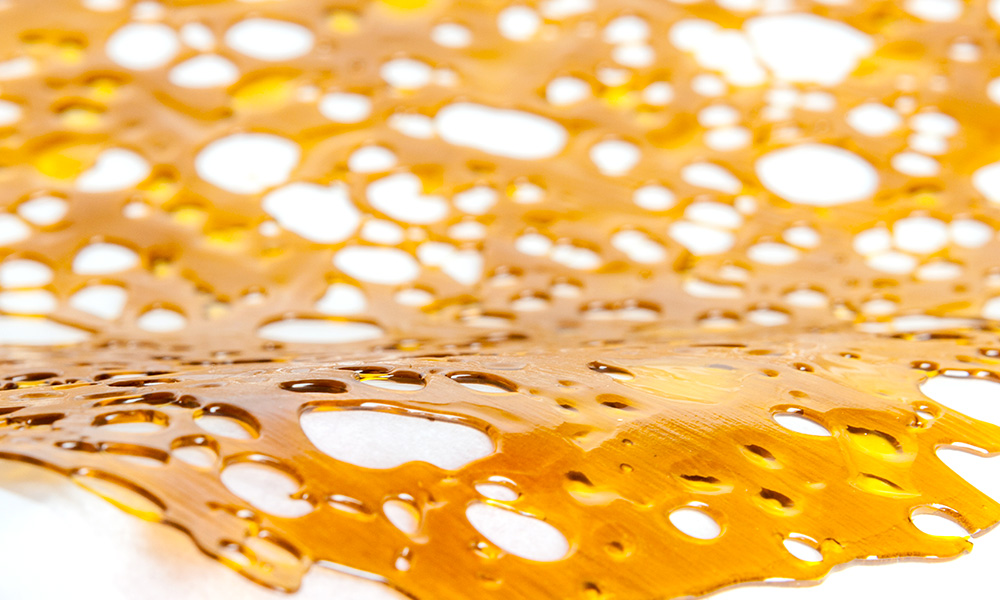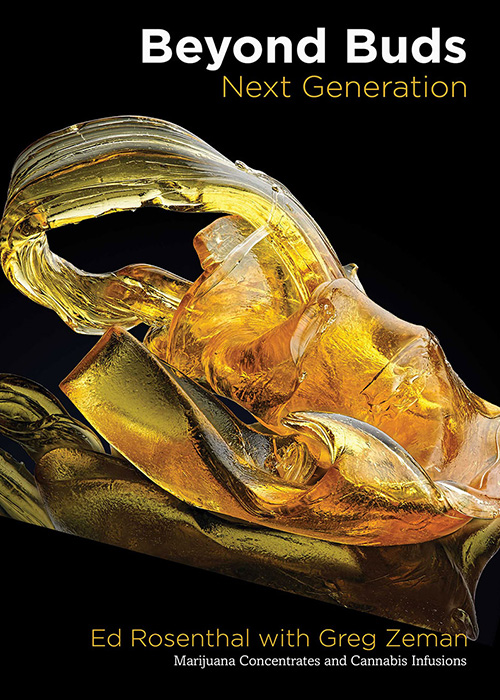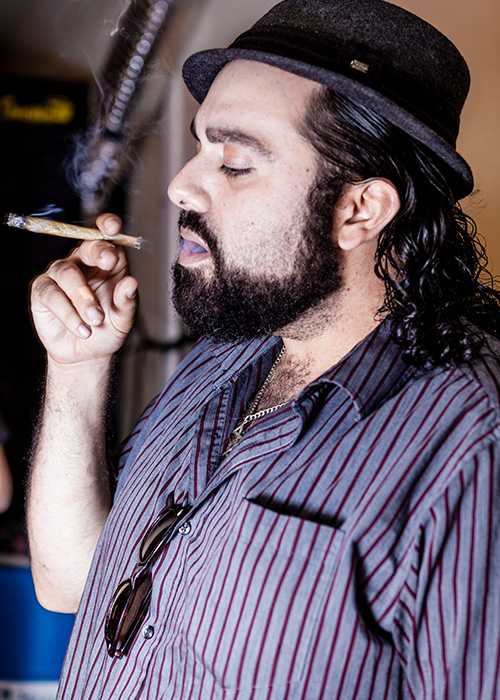
Culture
Oaksterdam: Attending a Cannabis College Class on Extracts
A recent class at Oaksterdam explored the science behind cannabis extraction.
Ever since I watched the iconic cannabis comedy “Half Baked” and heard the line “What, did you go to weed college?,” I have actually wanted to go to weed college. This Saturday, I got my wish when I attended a lecture at Oaksterdam University and the experience was every bit as educational and fun as I expected. Founded in 2007, the world’s first cannabis college survived a federal raid in 2012 and a shift in the entire California cannabis climate with Proposition 64 in 2016 and continues to pump out cannabis information to students from around the world.
My 10 a.m. seminar was “Extracts 102,” led by Cannabis Now’s own Greg Zeman. Working alongside master horticulturalist Ed Rosenthal, Zeman recently released a book all about cannabis concentrates, “Beyond Buds Next Generation: Marijuana Concentrates and Cannabis Infusions.” I showed up stony to the Oakland, California classrooms (after a proper wake and bake), but very much on time and grabbed a seat in the back of a room of about 30 other students. While Oaksterdam looks like a typical classroom set up, with long desks and a whiteboard up front, you can’t miss the grow tent in the front of the room with live cannabis plants growing inside. The two-hour lecture — with a massive street-side smoke sesh break — went by quickly, as Zeman took students through an examination of the rise in popularity of marijuana concentrates as well as specifics on different types of extracts and their processes.
To crack things off, Zeman explained why any of this information even really matters by talking about a paradigm shift in cannabis culture that has brought concentrates to the forefront of consumer attention. This shift came, he explained, when people stopped relying solely on examining cannabis based on its THC content and started exploring cannabis based on other elements such as terpene profiles. Creating concentrates, he said, can be best understood in a basic way as the act of getting rid inert plant material and isolating active compounds (cannabinoids and terpenes). From there, Zeman went through an introduction to various types of concentrates, including his personal favorite form of extraction, BHO.
BHO: Just Like Candy
When it comes to creating different kinds of BHO concentrates, Zeman explained that candy science is a great way to understand how to approach how solvents are purged from various extract styles and end up affecting how they look in the end. Sugar science, he said, has a hard crack stage (sugar syrup boiled at 295 to 309 degrees Fahrenheit that produces hard candy and lollipops), a soft crack (sugar syrup boiled at 270 to 389 degrees Fahrenheit that results in toffee and butterscotch) and a hard ball stage (sugar syrup boiled at 250 to 265 degrees Fahrenheit to create sweets like rock candy and nougat). In comparison to these candy temperatures, one can begin to understand the different styles and consistencies of BHO: shatter (heated to 68 to 115 degrees Fahrenheit with a high-pressure vacuum purge), wax and budder (heated to a 110 to 120 degrees Fahrenheit with a low-pressure vacuum purge) and sugar and diamonds (heated to 90 to 100 degrees Fahrenheit with a no-vacuum purge).
If you have ever experienced a shatter that changed consistencies and “buddered up,” this can also be understood in terms of candy, Zeman said. He explained that it’s the process of crystal nucleation, whether it involves sugar or cannabinoids, terpenes and solvents. With a candy bar left too long that goes white, a phenomenon known as “bloom,” where the milk fats separate from the other ingredients, the same nucleation occurs like when a hard shatter transforms into a honeycomb-like wafer known as budder.
“It’s basic organic chemistry,” he said. “Science doesn’t care if it’s candy or terp sugar.”
Diamond Mining: AKA Jar Tech
This recrystallization process helps to understand one of the biggest trends in BHO concentrates: diamond mining, also known as jar tech. This concentrate involves crystals made of the cannabinoid THCA, THC’s acidic pre-cursor, once it separates from terpenes. The process starts with butane extraction and works by putting BHO in a jar to allow the THCA to form into crystals and the volatile terpenes to settle into liquid. It’s a process thoroughly explained and detailed in a step-by-step fashion in the book.
“Diamond mining is all about encouraging the separation of cannabinoids from terpenes,” the book reads. “Shatter made from live resin has a higher terpene concentration than cured resin, which tends to be more susceptible to nucleation, creating terp sugar or budder after its been packaged. This was once seen as a liability, as it undermines the stability that consumers look for in a good shatter. Now that many cannabis consumers prefer the sugar consistency, extractors pre-crystalize their BHO.”
Cannabis in the Classroom
James Hoover, who owns his own extraction company, was sitting next to me in class and was also attending his first lecture at Oaksterdam. Hoover said the experience of attending the lecture left him with the understanding that “the new thing is designer concentrates.”
Hoover added that he felt the course provided a nice run-down of how cannabis concentrates got started, but also said that he was excited to also learn more about the future of where the cannabis concentrate industry is going. For more on the future of cannabis concentrates, as well as information on other subjects such as horticulture and canna-business, I whole-heartedly recommend taking your own course in cannabis at Oaksterdam.
TELL US, have you ever wanted to attend a cannabis college?
























